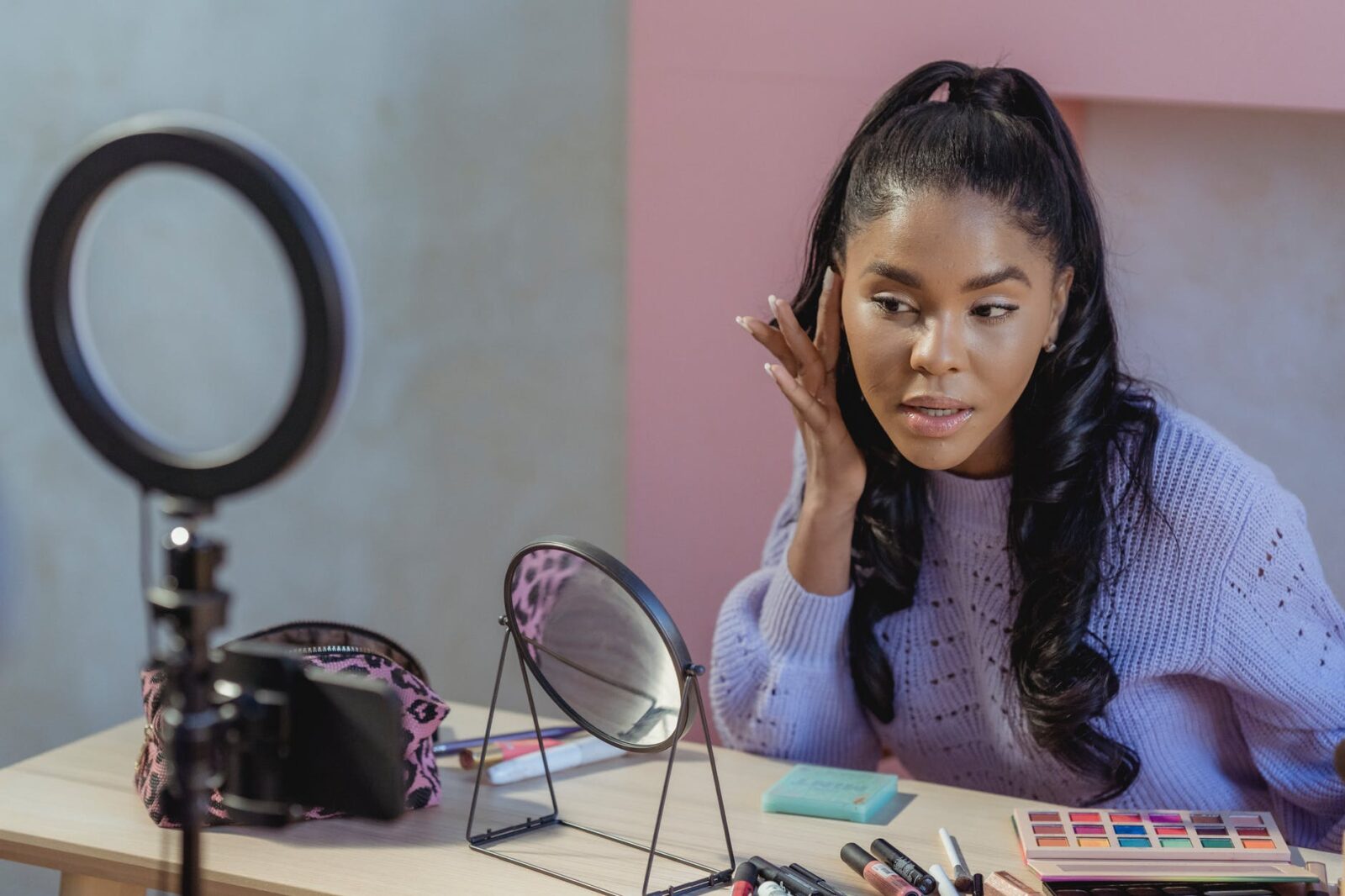Social Media Influencers Are Taking Over The World And They Want More

Sue Dhillon is an Indian American writer, journalist, and trainer.
Social media influencers have become prevalent forces within the advertising and marketing sector for businesses. In 2017, the influencer marketing industry was valued at $1.7 billion, and is now expected to be worth $13.8 billion. Whilst our time on social media grows, so does the strength in influence from these social media platform giants. It has grown so much, that it has developed into ‘influencer culture’. But is this ‘lifestyle’ having a positive effect or is it driving consumerism?
WHAT IS INFLUENCER CULTURE?
Influencer culture relates to the lifestyles lived by online personalities. Influencers come under a range of umbrella terms relating to the number of followers they have. Going from small to big, you can have ‘nano’, ‘micro’ and mega’ influencers. Depending on the number of followers you can influence, you can charge accordingly. The cost of such can range from $100 for a sponsored Instagram story by micro influencers to upwards of $1,000 for mega influencers.
Over the last few years, brands are preferably reaching out to such personnel rather than going down the traditional route of a celebrity featured campaign. Saving money whilst reaching the desired demographic, influencer posts are successfully driving sales and traffic to websites. Watch brand, Daniel Wellington is a brand that has used big and small influencers to their advantage. Personalities as big as Kendall Jenner to Youtubers Sophia and Cinzia, have all promoted their watches to their own audience, offering personalized discount codes.
THE EXTENT OF NEW ITEMS INFLUENCERS HAVE
However, whilst this paid advertising is good for the influencer’s income, we also need to address the freebies they receive as well as their own purchases – all adding to the idea that we need to constantly consume new things. Being an underlying force in the drive of promoting consumerism, many of these influencer’s feature weekly hauls on their platforms of purchases, advertisements or freebies. Adding fuel to the fire, many influencers showcase items that are fast fashion pieces relating to temporary trends. In addition, many drive trends with designer pieces that are unattainable to their general audience.
This, seemingly negative behaviour also goes for the second-hand/thrifting influencers as they shop for items weekly to fit trends; with some buying an awful amount of clothing each time. (Check out my post on Exploiting Vintage).
As an avid consumer on influencer content, I can admit it’s enjoyable to see the new things they own, but when I watch unboxing hauls, it puts it into perspective the amount of stuff they get that they probably won’t use. That’s why it was refreshing to see when Instagram Influencer, Aimee Song, took to her IG Story advising people to message her about sending items her way. Her reason, she didn’t want to unnecessarily receive items she knew she wouldn’t use or wear. I believe influencers need to adopt this approach to their business as it stops promoting consumerism and positively effects the environment.

INFLUENCERS ARE TOXIC!
As well as many other factors, influencer culture has become a toxic one. Shedding a light on the events of the past year, influencers were still promoting this consumerism lifestyle during times when people lost jobs, had little money and were struggling. Their content has driven people to want more and care less. The consumption of influencer content has cause as many as 1 in 3 women to consider an item is old after wearing it once. For the sake of people’s finances and more importantly the environment, this cannot go on.
WHO’S TO BLAME?
A big issue is that no one is holding influencers accountable for causing this outlook on clothing etc. But who should we put the blame on? The influencer or the companies that send out these extravagant parcels and are constantly working with influencers. Granted, everyone is doing their job – and they’re doing it well. But when is enough clothes, accessories, makeup etc enough? Even I’m getting sick of seeing a new pair of shoes every few weeks on people’s platforms – and I’m thinking to myself, they’re just being careless with their money now.
No one needs all these new things, whether brand new or pre-loved. I think what we do need is realisation within the influencer community. Many have become disassociated from reality, forgetting about what a ‘normal’ life is and that many of their followers can’t financially keep up with your offers and products etc.
I think the charm of what an influencer was at first, is their relatability. You like what they like, you use what they use. But once the influencer consumes more items more frequently, you can’t replicate them. A distance is created by the influencer and the follower. Rather than influencing people’s purchases they now influence the lifestyle their followers want to live.
This article was written by contributing writer Malin Jones.
To check out Malin’s bio click here.
Malin’s other posts –
The Pfizer Boob Job | Is It A Myth?
The Race To Tour Space | Going Where Others Have Gone Before


